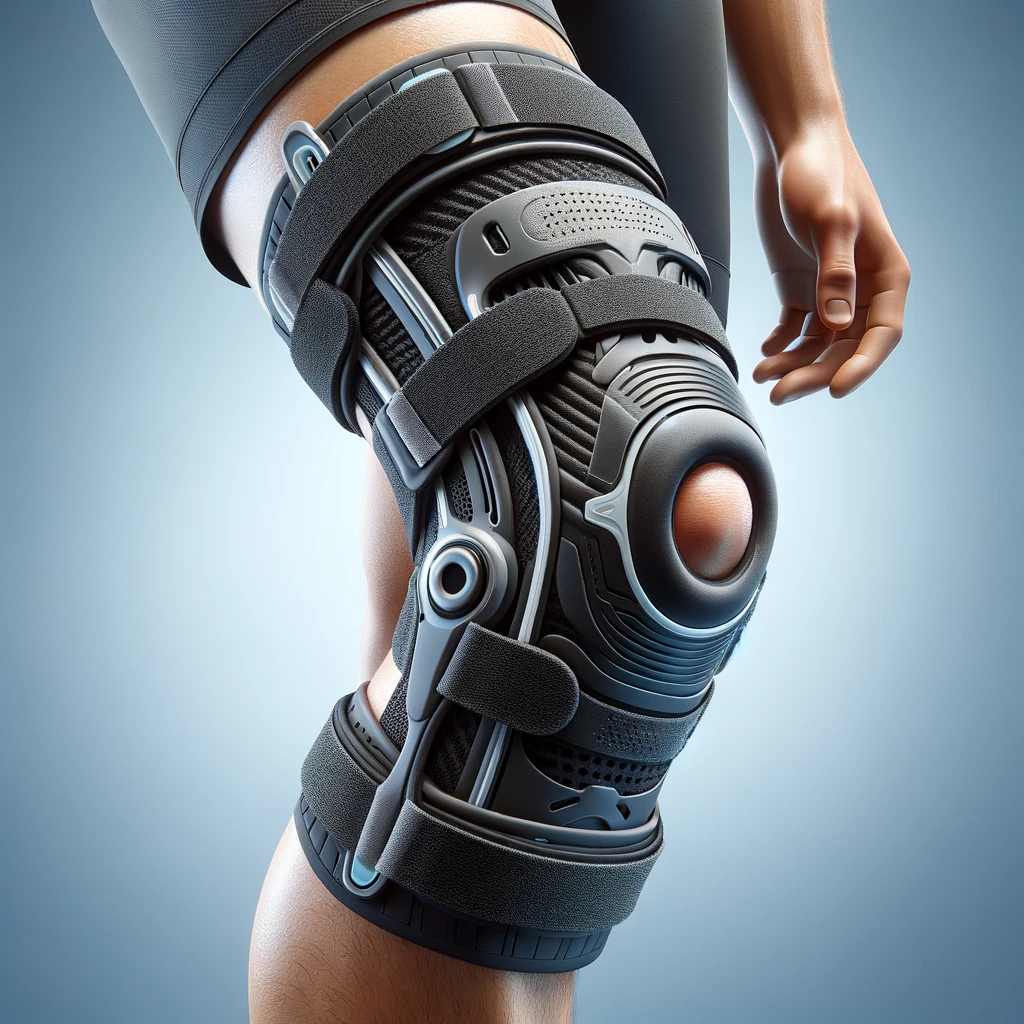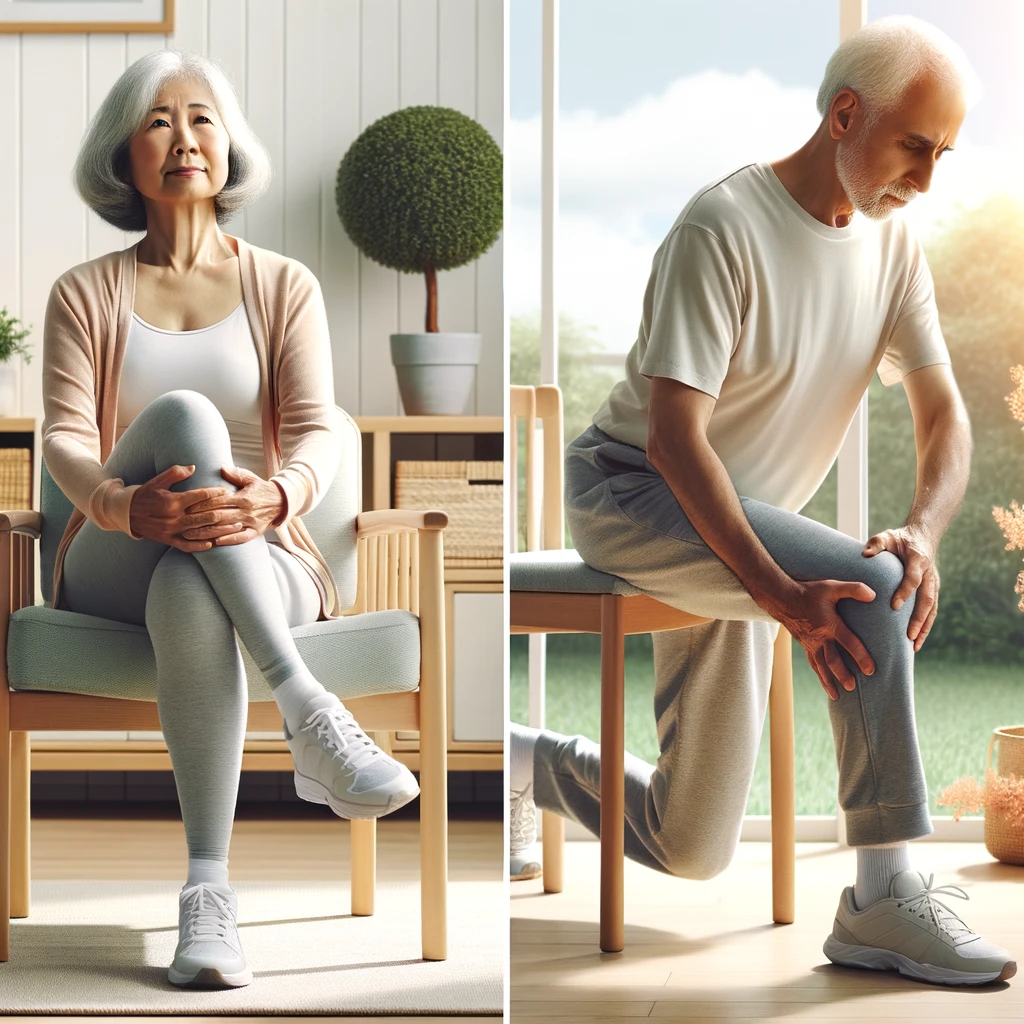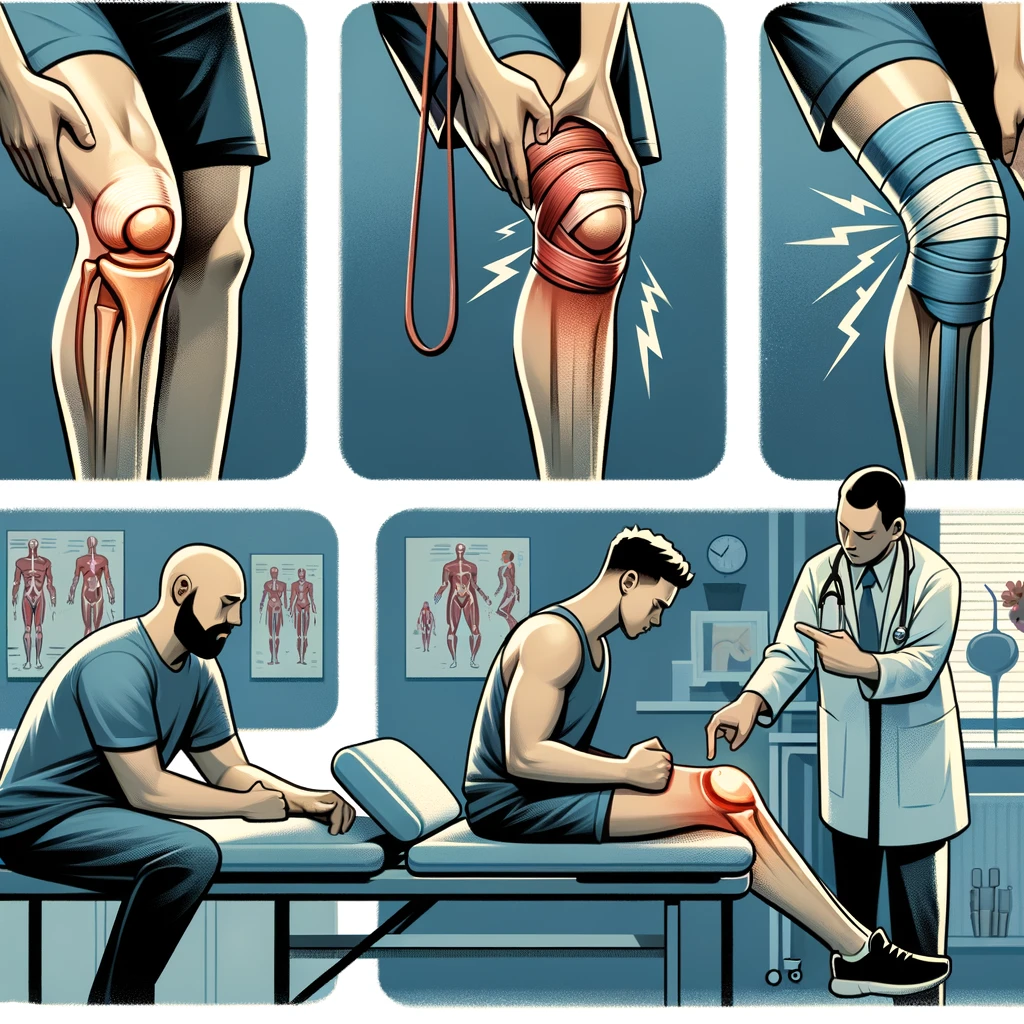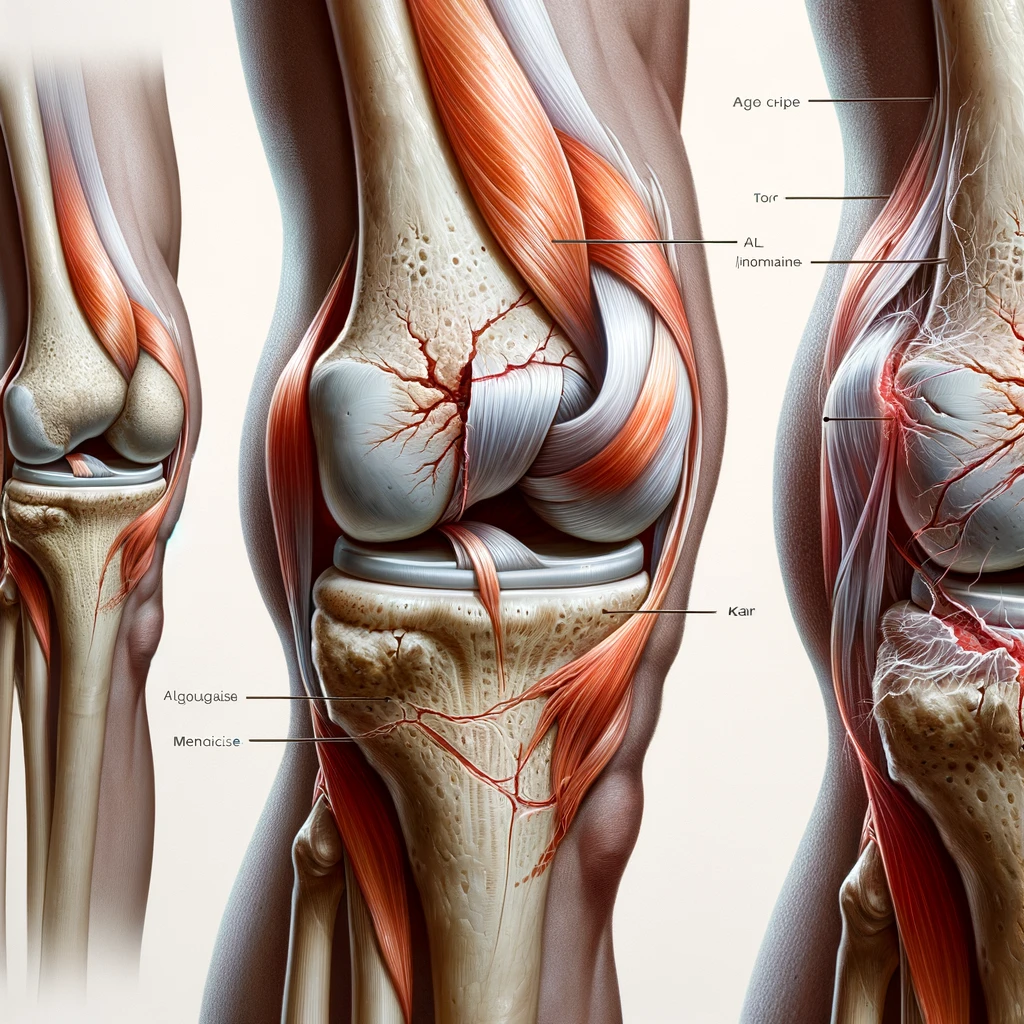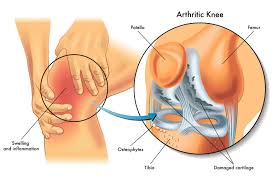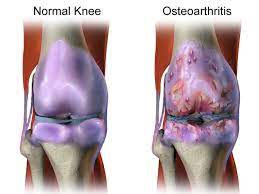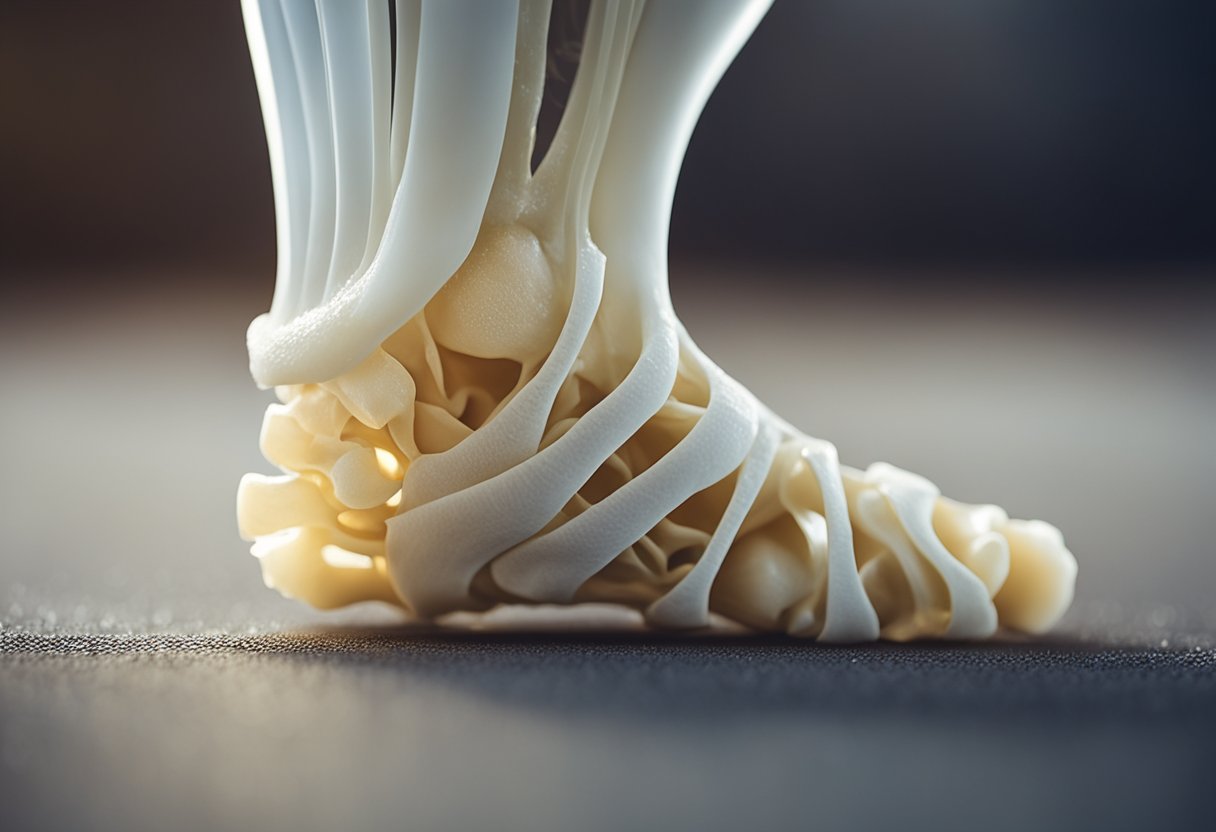Knee pain can be a debilitating condition that can affect people of all ages. It can be caused by a variety of factors, including injury, overuse, and medical conditions such as arthritis. While there are many treatments available for knee pain, prevention is always the best course of action.
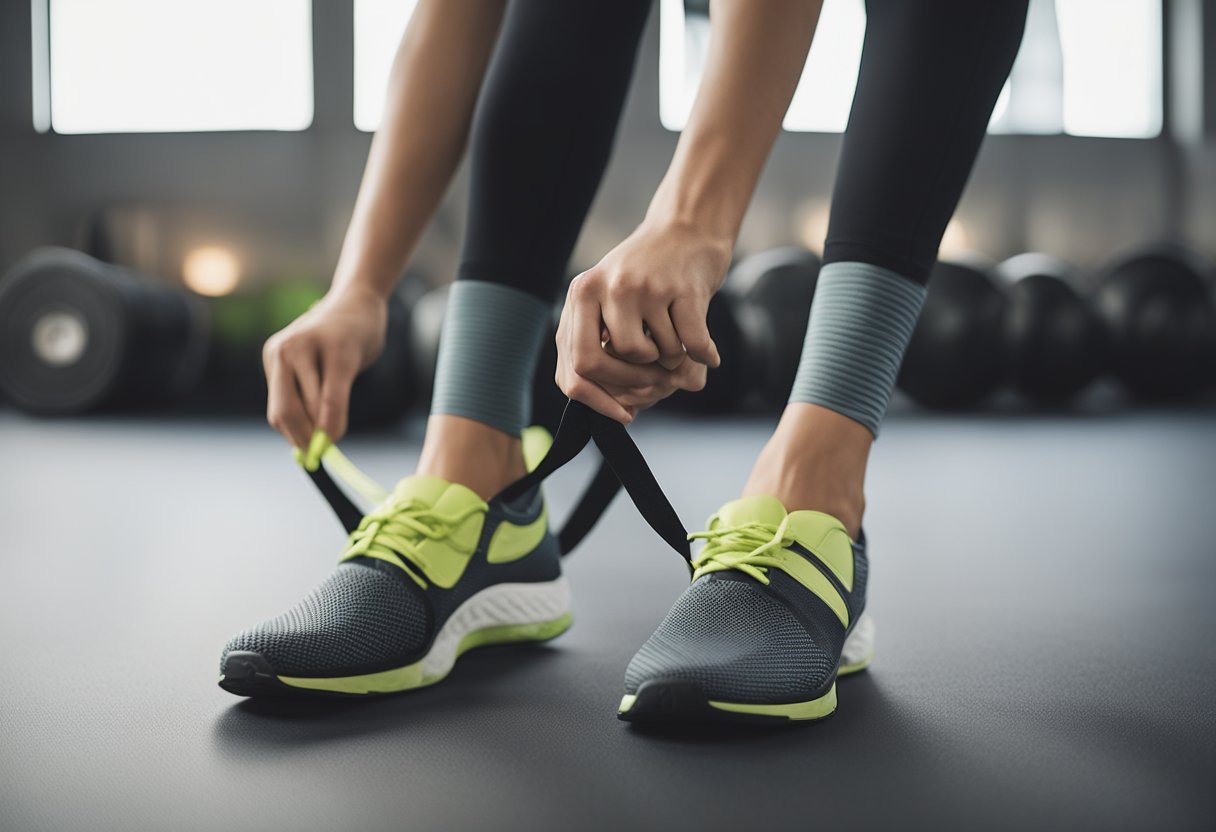
At its core, knee pain prevention involves taking care of your knees and avoiding activities that put undue stress on them. This can include maintaining a healthy weight, wearing appropriate footwear, and engaging in exercises that strengthen the muscles around the knee joint. By taking these steps, you can reduce your risk of developing knee pain and keep your knees healthy and strong.
In this article, we will explore some of the best ways to prevent knee pain and keep your knees healthy. We will discuss the causes of knee pain, as well as some of the most effective preventive strategies and treatments. Whether you are an athlete or simply looking to maintain your overall health and wellness, this article will provide you with the information you need to keep your knees in top condition.
Key Takeaways
- Knee pain can be prevented by taking care of your knees and avoiding activities that put undue stress on them.
- Maintaining a healthy weight, wearing appropriate footwear, and engaging in exercises that strengthen the muscles around the knee joint are effective preventive strategies.
- If you do experience knee pain, there are many treatments available, including physical therapy, medication, and surgery.
Understanding Knee Pain and Its Causes
As we age, our bodies undergo changes that can lead to knee pain. Knee pain can also be caused by injury, arthritis, and other medical conditions. In this section, we will discuss the anatomy of the knee, common causes of knee pain, and risk factors for knee-related injuries.
Anatomy of the Knee
The knee joint is made up of bones, cartilage, tendons, and ligaments. The bones of the knee joint are the femur, tibia, and patella. The cartilage in the knee joint cushions the bones and helps them move smoothly. The tendons connect the muscles to the bones, and the ligaments connect the bones to each other.
Common Causes of Knee Pain
Knee pain can be caused by a variety of factors, including injury, arthritis, and other medical conditions. Some of the most common causes of knee pain include:
- Osteoarthritis: a degenerative joint disease that can cause pain, stiffness, and swelling in the knee joint.
- Rheumatoid arthritis: an autoimmune disease that can cause pain, stiffness, and swelling in the knee joint.
- Gout: a form of arthritis that can cause sudden, severe pain and swelling in the knee joint.
- Infection: an infection in the knee joint can cause pain, swelling, and redness.
- Bursitis: inflammation of the bursae, small sacs of fluid that cushion the knee joint.
- Tendinitis: inflammation of the tendons that attach muscles to bones.
Risk Factors for Knee-Related Injuries
Certain factors can increase your risk of knee-related injuries. These include:
- Aging: as we age, the cartilage in our knee joints can wear down, making us more susceptible to injury.
- Overweight: excess weight puts extra stress on the knee joint, increasing the risk of injury.
- Inflammation: chronic inflammation in the body can increase the risk of knee-related injuries.
- Previous knee injuries: if you have had a previous knee injury, you may be more likely to experience knee pain or injury in the future.
- Types of arthritis: certain types of arthritis, such as osteoarthritis and rheumatoid arthritis, can increase the risk of knee pain and injury.
- Joint damage: damage to the knee joint from injury or medical conditions can increase the risk of knee pain and injury.
By understanding the anatomy of the knee, common causes of knee pain, and risk factors for knee-related injuries, we can take steps to prevent knee pain and injury.
Preventive Strategies and Treatments
At some point in our lives, most of us will experience knee pain. However, there are several preventive strategies and treatments that can help alleviate the discomfort and reduce the risk of further injury. In this section, we will explore some of the most effective strategies and treatments for preventing knee pain.
Exercise and Physical Therapy
One of the most effective ways to prevent knee pain is through regular exercise and physical therapy. Strengthening the muscles that support the knee joint can help improve flexibility, balance, and overall joint stability. This can be achieved through a variety of exercises, including low-impact activities such as swimming, walking, and yoga. Physical therapy may also be recommended by a doctor or physical therapist to help improve knee function and range of motion.
Proper Techniques and Equipment
Proper techniques and equipment can also play a significant role in preventing knee pain. For example, using the correct footwear can help reduce the impact on the knee joint during physical activity. Additionally, using proper form when performing exercises can help reduce the risk of injury and improve overall joint function.
Medical Interventions
In some cases, medical interventions may be necessary to prevent or treat knee pain. This can include the use of braces or other supportive devices, medication such as NSAIDs or anti-inflammatory drugs, or injections to reduce inflammation and pain. In more severe cases, arthroscopic surgery or knee replacement surgery may be necessary to restore knee function and reduce pain.
RICE Method
The RICE method (Rest, Ice, Compression, Elevation) is a commonly recommended treatment for acute knee injuries. This involves resting the knee, applying ice to reduce swelling, using compression to reduce inflammation, and elevating the leg to improve blood flow and reduce pain.
In conclusion, there are several effective strategies and treatments for preventing and treating knee pain. By incorporating regular exercise, proper techniques and equipment, and medical interventions as necessary, we can reduce the risk of injury, improve overall joint function, and alleviate discomfort.
Frequently Asked Questions

What exercises can strengthen my knees to prevent injuries during sports?
To prevent knee injuries during sports, it is essential to strengthen the muscles around the knee joint. Exercises such as squats, lunges, leg presses, and step-ups can help build strength in the quadriceps, hamstrings, and glutes. Additionally, exercises that focus on balance and stability, such as single-leg deadlifts, can help improve knee stability and reduce the risk of injury.
What are the best walking practices to minimize knee discomfort?
Walking is a low-impact exercise that can help improve knee function and reduce discomfort. To minimize knee discomfort while walking, it is important to wear comfortable, supportive shoes and to maintain good posture. Additionally, walking on flat, even surfaces can help reduce strain on the knee joint.
Are there specific knee pain considerations for women, and how can they be addressed?
Women are more likely than men to experience knee pain due to hormonal changes, differences in anatomy, and higher rates of certain conditions such as osteoporosis and rheumatoid arthritis. To address knee pain in women, it is important to maintain a healthy weight, engage in regular exercise, and seek medical treatment for underlying conditions.
Which foods exacerbate knee pain and should be avoided?
Certain foods can exacerbate knee pain, including those high in sugar, salt, and saturated fats. Additionally, processed foods and those containing additives and preservatives may contribute to inflammation and joint pain. To reduce knee pain, it is important to maintain a healthy, balanced diet that includes plenty of fruits, vegetables, lean protein, and whole grains.
What physiotherapy exercises are recommended for alleviating knee pain?
Physiotherapy exercises can help alleviate knee pain by improving flexibility, strength, and range of motion. Exercises such as leg lifts, wall sits, and hamstring stretches can help build strength and flexibility in the muscles around the knee joint. Additionally, low-impact exercises such as swimming and cycling can help improve knee function and reduce pain.
What is the most common mistake that worsens knee conditions and how can it be avoided?
One of the most common mistakes that worsens knee conditions is overuse and repetitive strain. To avoid worsening knee conditions, it is important to engage in low-impact exercise, take breaks when necessary, and avoid activities that cause pain or discomfort. Additionally, seeking medical treatment early on can help prevent further damage to the knee joint.











